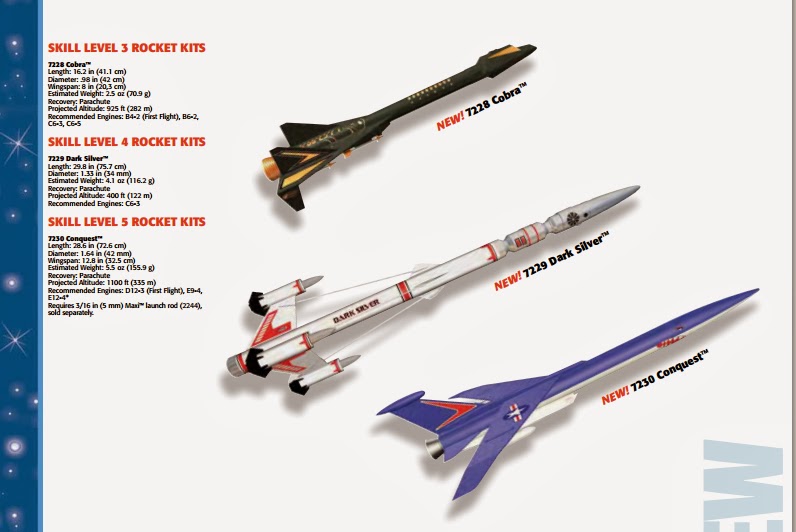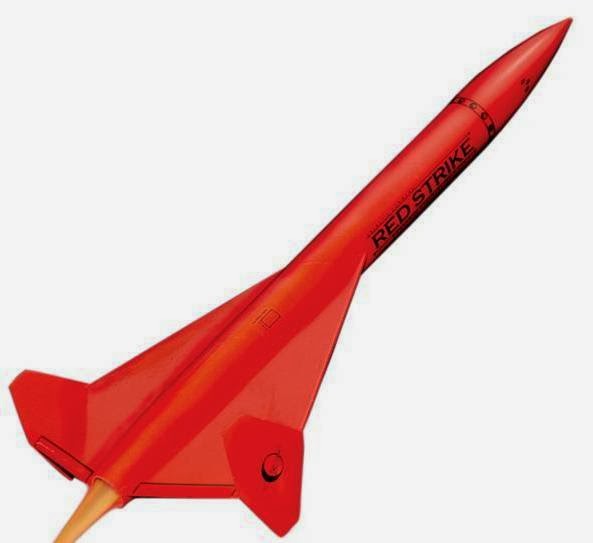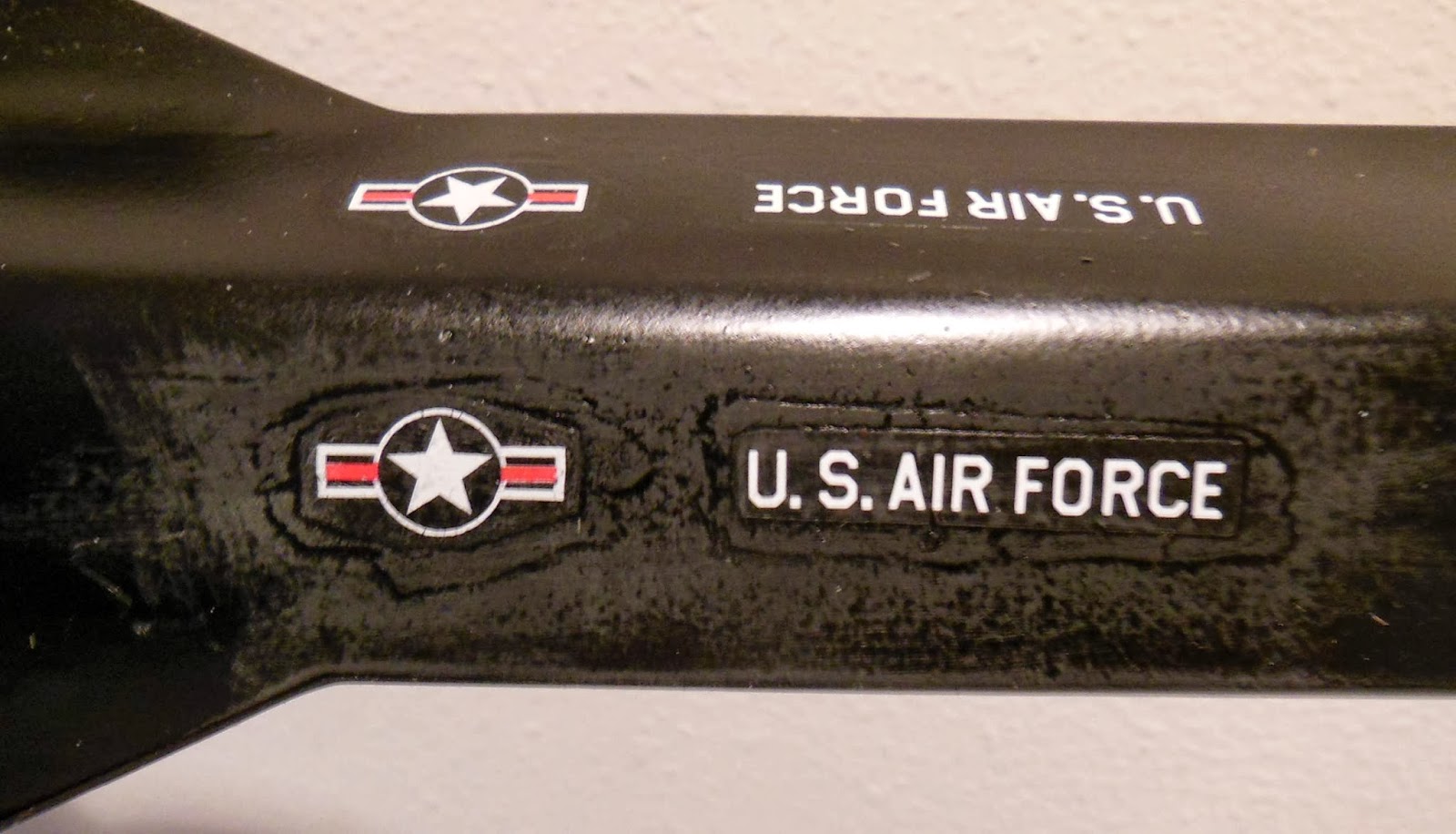The raised wood grain pores were still visible!
Earlier the raised grain was sanded down and more CWF applied.
After a thick coat of primer/filler I thought everything was smooth.
I couldn't really see the grain until looking under direct sunlight after the first coat of yellow.
The weird thing is, the grain pores can only be seen on the right side of each fin!
I'll try one last time to fill the pores but I can't use CWF now, the wood is sealed and it wont stick.
I'll have to use another shot of primer/filler.
I only want the gray filler on the right side of the four fins.
The tube was masked above and below the fins.
On the lower left of the picture you can see the piece of paper with tape running across the top. This was pressed into the root edge overhanging and covering the fin below it.
One side of a fin was sprayed and the taped paper mask removed.
The tube was turned and the same piece off paper taped down to the next fin root edge.
Here's the primer filler on the single fin after the mask was removed.
Just one side of all four fins was hit with primer.
Mentioned earlier, one side on the "wood" fin sheet had the deeper raised pores.
After wet sanding with 400 grit you can see the primer in the grain pores.
I hope this finally fills everything.
The fin will get another white undercoat an wet sanding.
More yellow will follow.
The nose cone was painted black.
TIP: Don't tie on the shock cord until after the nose cone and rest of the rocket is painted. Keeping things separate makes painting and masking easier.
 That short black band on top trails behind the Hornet name and to the leading edge of the 3/32" thick fin.
That short black band on top trails behind the Hornet name and to the leading edge of the 3/32" thick fin. I went back and re-sprayed the black fin adding a 3/32" thick extension to the front of the leading edge. I wanted the decal to smoothly meet the front of the fin.
I went back and re-sprayed the black fin adding a 3/32" thick extension to the front of the leading edge. I wanted the decal to smoothly meet the front of the fin.
















































